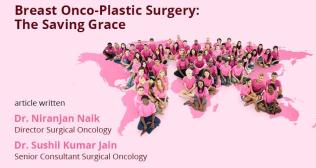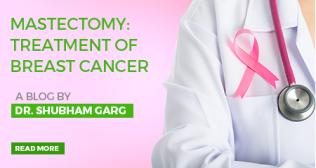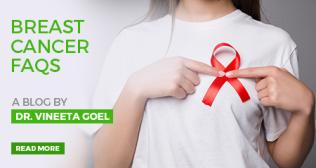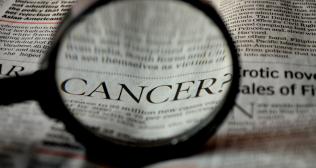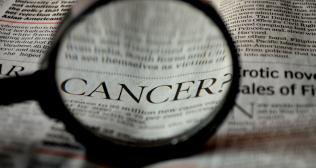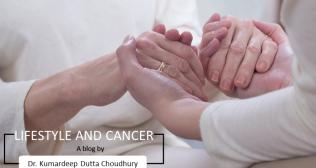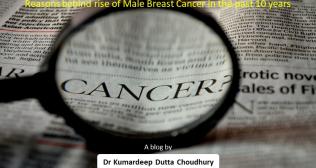
Male Breast Cancer: All You Need To Know
PRESENTATION:
Male breast cancer has been diagnosed at a more advanced stage than female breast cancer, due to a lack of awareness. They generally present with a painless, firm mass that is usually subareolar, with nipple involvement in 40 to 50 percent of cases. The left breast is involved slightly more often than the right, and less than 1 percent of cases are bilateral. There may be associated skin changes, including nipple retraction, ulceration, or fixation of the mass to the skin or underlying tissues. Axillary nodes is typically palpable in advanced cases. Most histologic subtypes of breast cancer seen in women are also present in men, men with breast cancer are rarely diagnosed with lobular carcinomasis due to lack of acini and lobules in the normal male breast, although these can be induced in the context of estrogenic stimulation.
TREATMENT:
Approach to treatment in men is same as that for women. However role of breast conserving surgery is limited because of small volume of breast tissue. In hormone receptor-positive disease, we giveadjuvant tamoxifen rather than an aromatase inhibitor (AI), because of insufficient evidence to support AI monotherapy for men. If there is contraindications to tamoxifen (eg, hypercoagulable state), an AI with GnRHa may be administered. AIs do not reduce testicular production of estrogens, that’s why GnRHa is administered concurrently with AI. They are treated with mastectomy, radiotherapy, chemotherapy and hormone therapy.
SURVEILLANCE:
Limited data suggest these patients are at an increased risk of a contralateral breast cancer but absolute risk is low. They are also at risk for secondary malignancies and 12.5 percent may develop a second primary cancer. The most common types were gastrointestinal, pancreas, non-melanoma skin, and prostate cancer
PROGNOSIS:
Ten-year disease-specific survival rates for histologically negative nodes – 77 and 84 percent, one to three positive nodes – 50 and 44 percent and four or more histologically positive nodes – 24 and 14 percent.Dr Kumardeep Dutta Choudhury Senior Consultant & Head of Department Dept of Medical Oncology (IOSPL) Fortis Hospital, Noida and Faridabad







